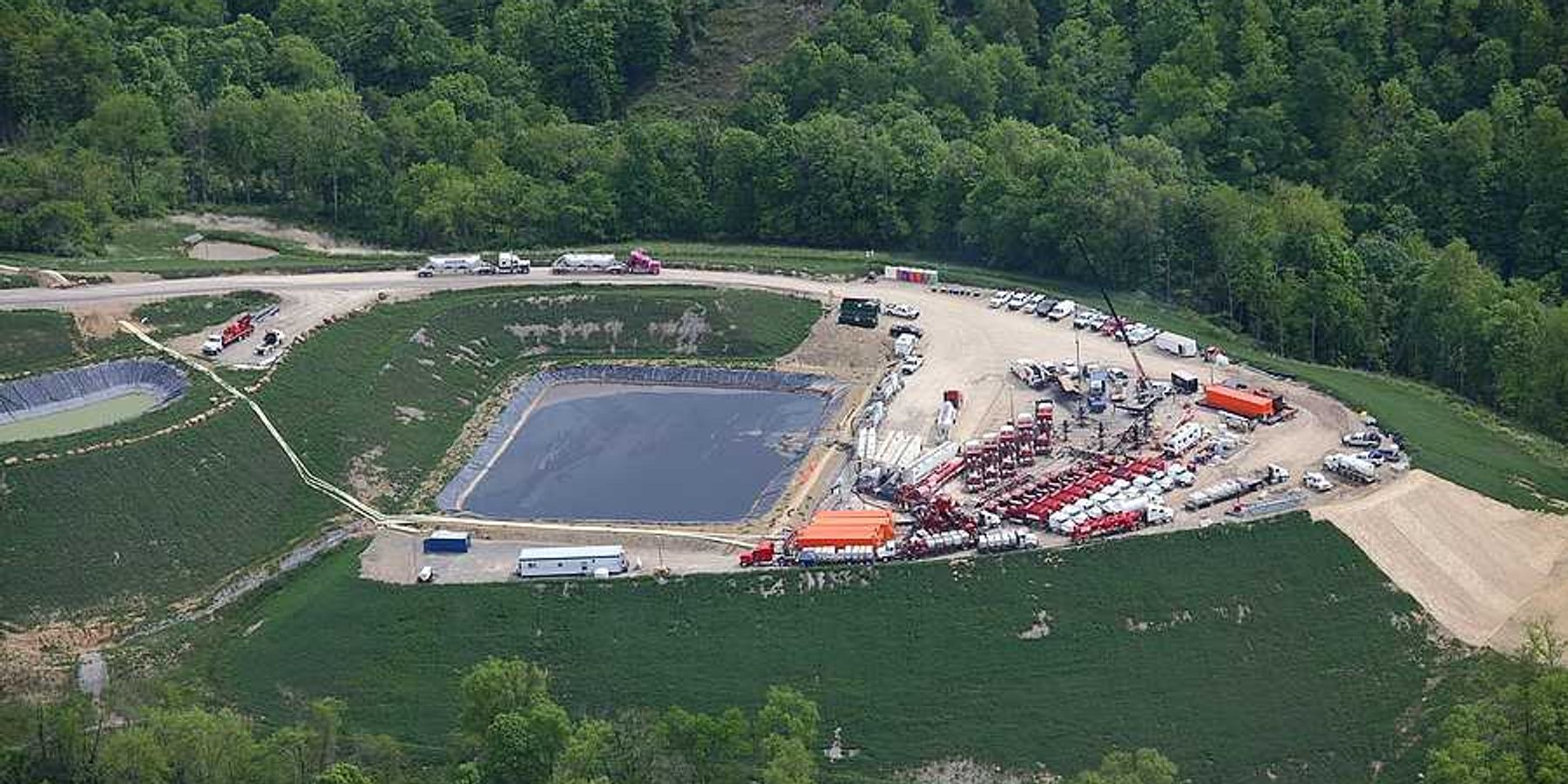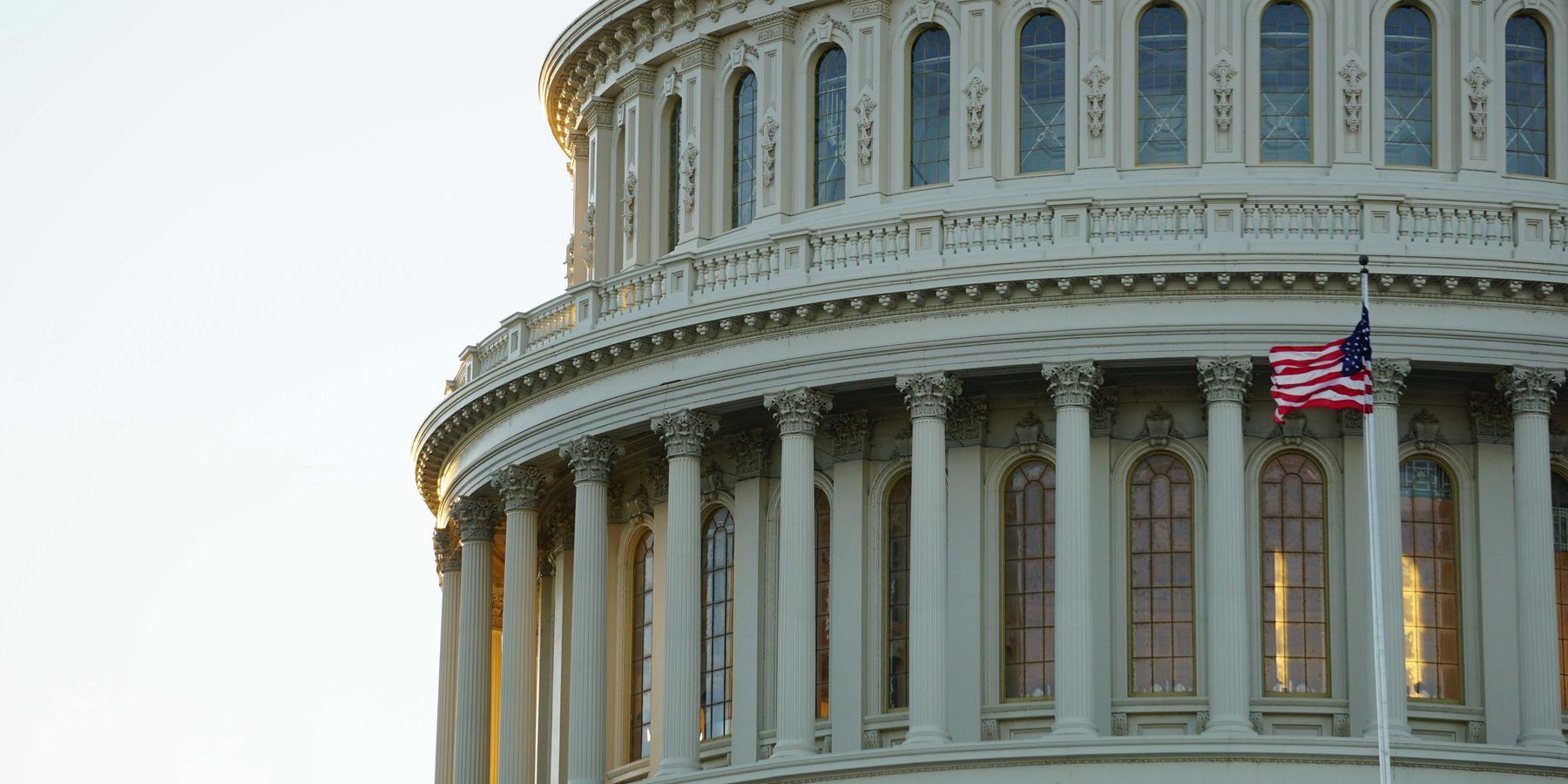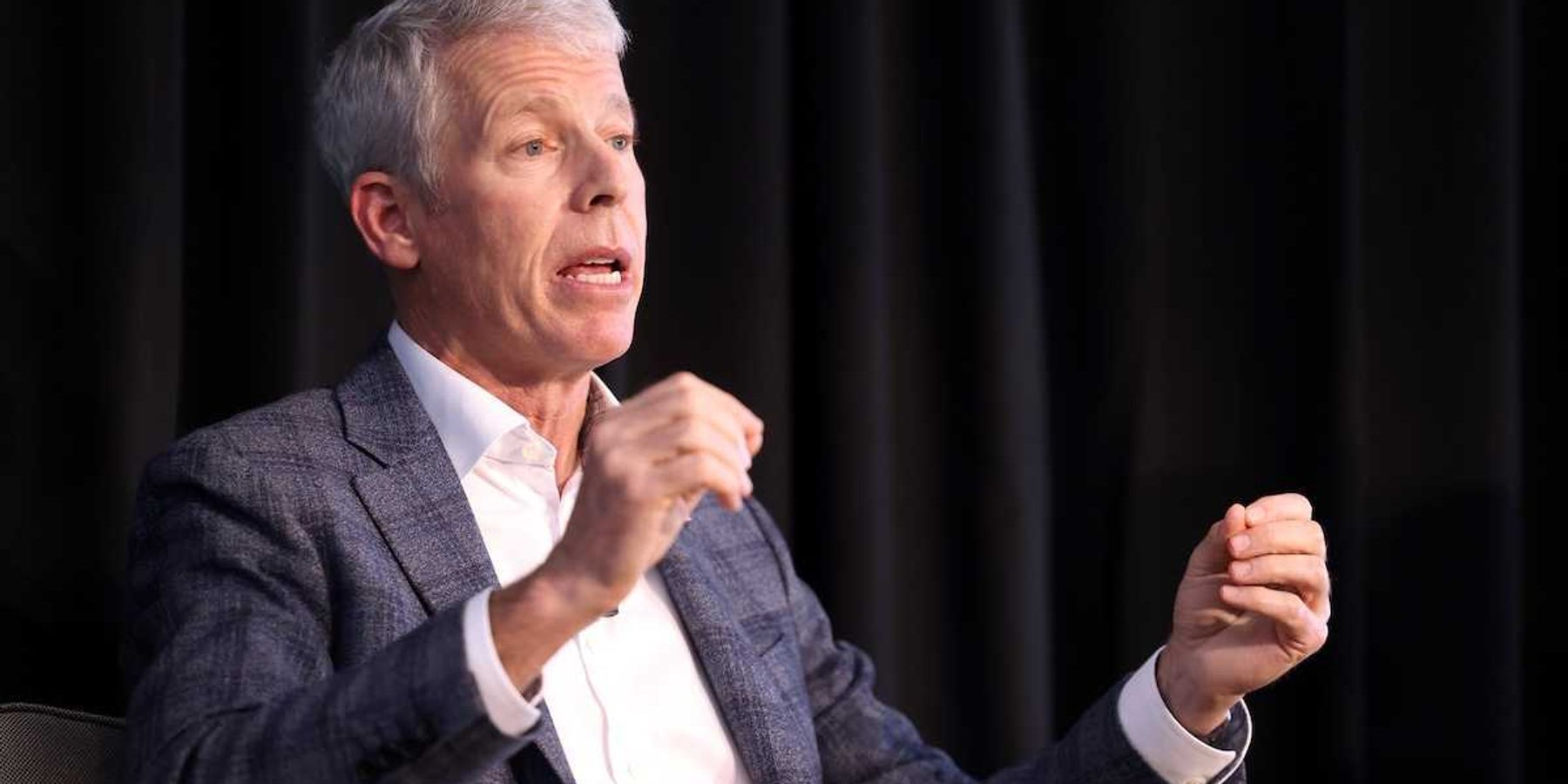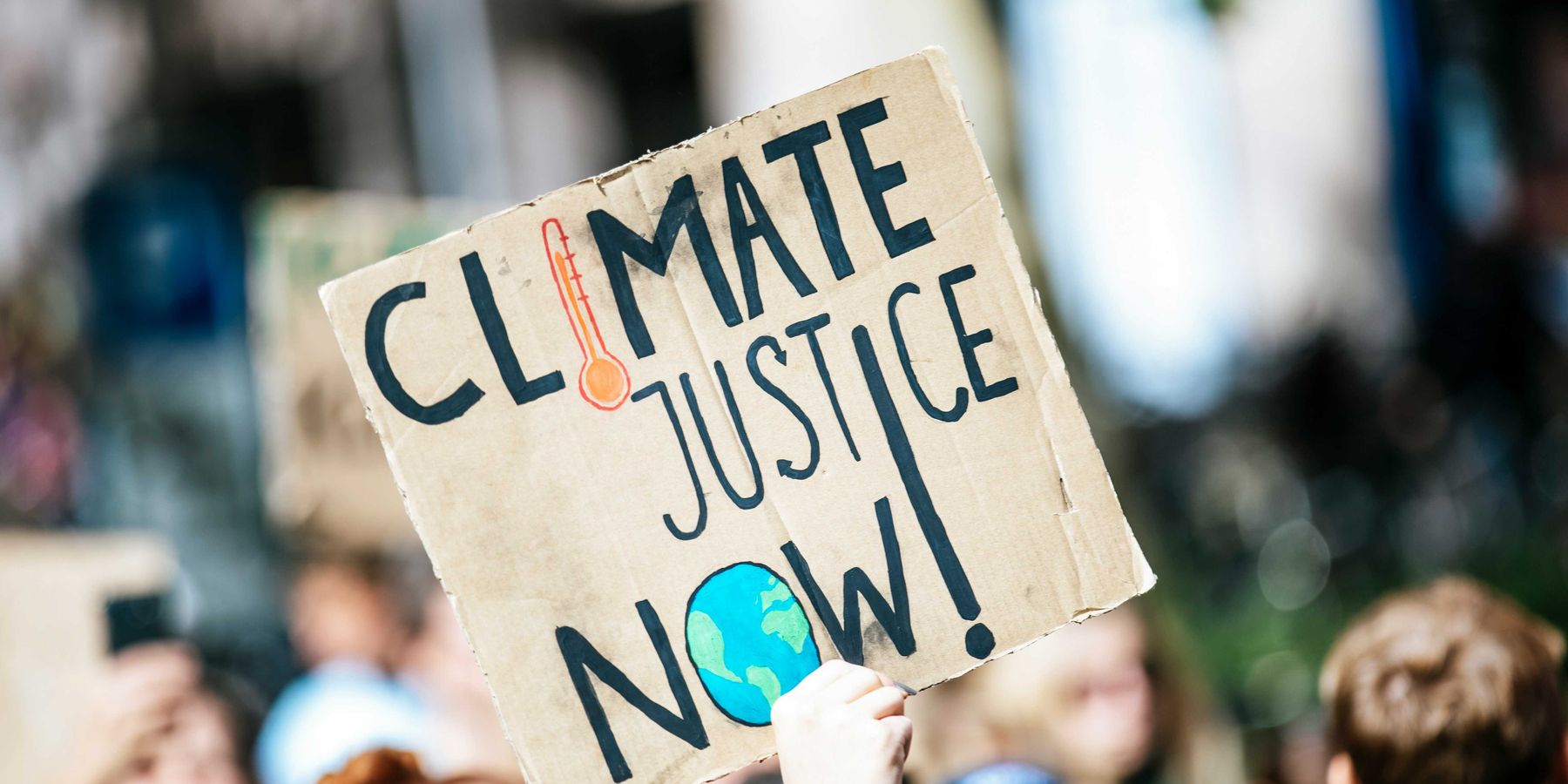How to save money and fight food waste
A new generation of apps is rescuing perfectly good food from landfills, making it available at a fraction of the retail price at restaurants and grocery stores.
Michael J. Coren reports for The Washington Post.
In short:
- Food waste apps like Flashfood and Too Good To Go connect users to surplus food from grocery stores and restaurants.
- These apps help reduce the 2.5 million tons of food waste retailers discard annually, benefiting both the environment and consumers.
- By purchasing discounted surplus food, users can save money and access healthier food options.
Key quote:
“It feels like they are spreading like wildfire. I love the model because at least some of the food would literally have been thrown out a day later. It really is saving it from the garbage.”
— Dana Gunders, ReFED
Why this matters:
These digital do-gooders save money and so much more. Reducing food waste can cut global CO2 emissions and provide affordable, nutritious food options, particularly benefiting low-income families struggling with the high cost of healthy eating. Read more: New White House strategy backs food rescue efforts but more is needed to fight hunger and waste.













